At Bristol Blast Away, we combine expert techniques with eco-friendly cleaning solutions to protect and refresh your decking.
Your wooden decking is the heart of your outdoor space, a place where you relax, enjoy meals, and spend time with family and friends. But over time, dirt, algae, and weather can leave it looking tired and slippery.
The good news? You don’t need harsh chemicals or expensive treatments to bring it back to life. In this guide, we’ll show you how to clean your wooden decking quickly and naturally, using simple methods that are safe for both your wood and the environment.
Why Regular Decking Cleaning Matters
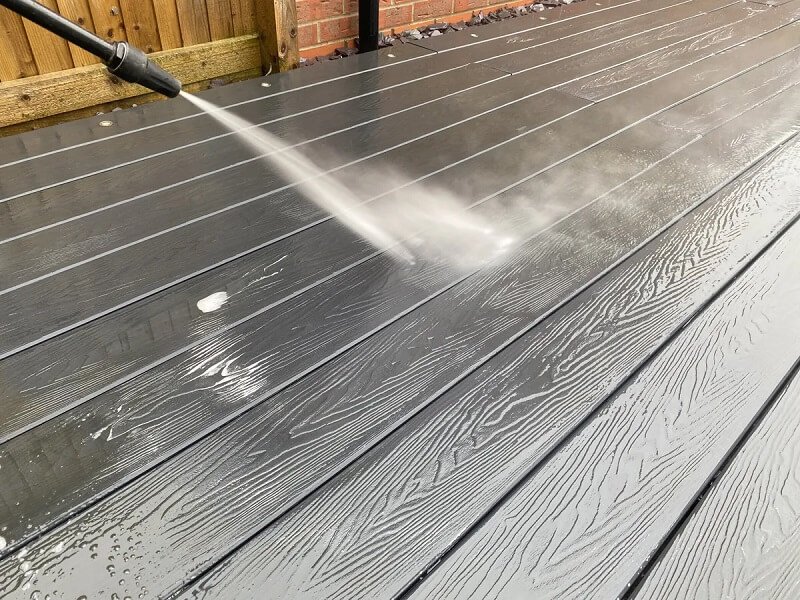
Neglecting your decking might not seem like a big deal at first, but dirt and moisture build up faster than you think. Without proper care, you risk both safety and the lifespan of your wood.
Common problems if you don’t clean:
– Moss and algae growth, making the surface slippery and unsafe.
– Moisture trapped in the wood, leading to cracks and rot.
– Long-term structural damage that’s costly to fix.
Key benefits of regular cleaning:
– Safer surfaces for you, your family, and guests.
– Longer-lasting decking with improved durability.
– A fresh, attractive look that enhances your whole garden.
In short, a little regular care can save you from expensive repairs while keeping your outdoor space safe, beautiful and ready to enjoy.
What You’ll Need Before You Start
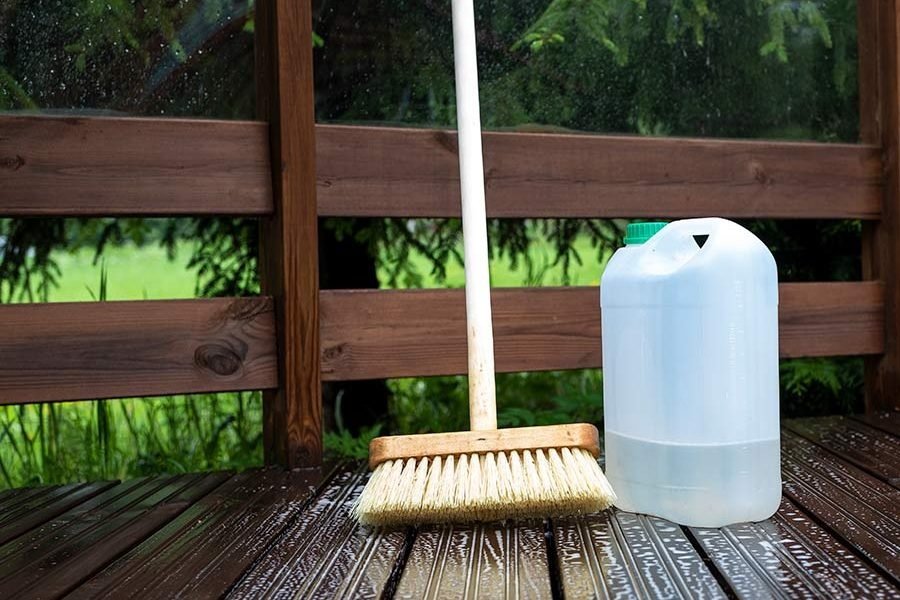
Before jumping into the cleaning process, it’s important to gather the right tools and products. Having everything prepared will make the job quicker, safer and far more effective.
Basic Tools (bucket, stiff brush, garden hose, pressure washer optional)
You don’t need professional equipment to get your decking looking fresh again, just a few essentials.
A sturdy bucket is handy for mixing your cleaning solution, while a stiff brush helps loosen moss, algae and dirt that settle into the wood.
A garden hose is perfect for rinsing everything away without putting strain on the timber.
If you have a pressure washer, it can speed things up, but be careful: use a low setting and keep the nozzle moving to avoid damaging the surface. For larger areas or very stubborn grime, alternating between brushing and a gentle jet wash often delivers the best results.
Cleaning Products (eco-friendly soap, specialised decking cleaner, homemade mix)
For best results, choose cleaning solutions that are safe for your decking and the environment. Options include:
Eco-friendly soap for gentle but effective cleaning.
Specialised decking cleaner for stubborn dirt and stains.
Homemade mix (such as water with a splash of vinegar or baking soda) for a natural, budget-friendly choice.
Safety First (gloves, non-slip shoes, avoid harsh chemicals)
Decking can get very slippery during cleaning, so always think about safety:
Wear gloves to protect your hands.
Use non-slip shoes to avoid accidents.
Avoid harsh chemicals that can damage the wood and harm the environment.
Tip: If your decking hasn’t been cleaned for a long time, scrubbing with a stiff brush and rinsing with a garden hose can make a big difference. For really stubborn dirt, a gentle pressure wash often works best.
And of course, if you’d rather not spend your weekend scrubbing, our team at Bristol Blast Away can do it for you, we’ve got the right tools and experience to make your decking look like new again.
Step-by-Step Guide: How to Clean Your Wooden Decking
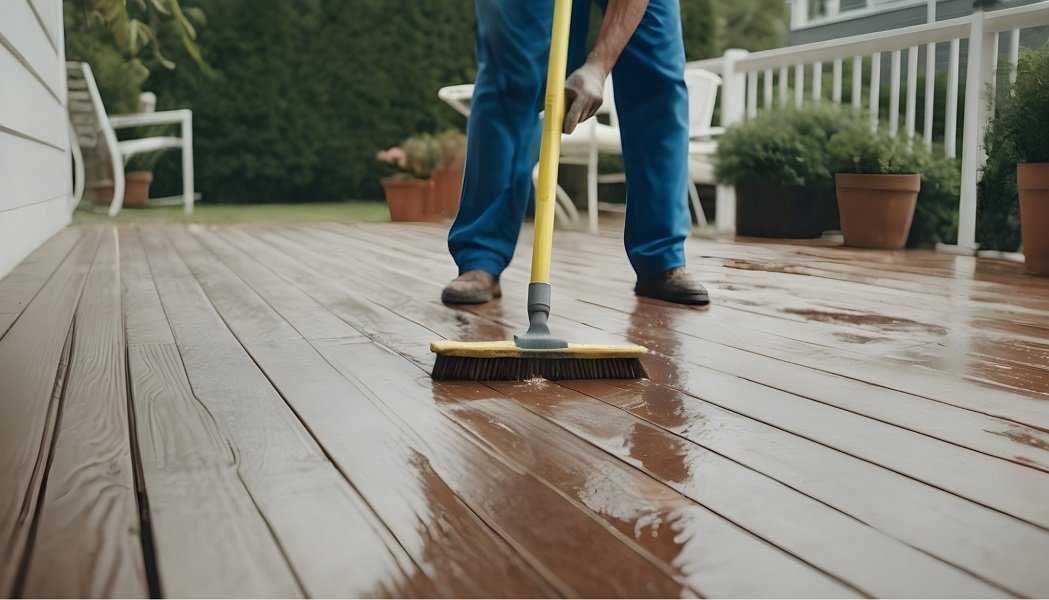
Getting started can feel a little overwhelming, especially if your decking hasn’t been cleaned for a while. But don’t worry, follow these simple steps and you’ll bring it back to life without too much effort.
Step 1: Clear the area (remove furniture, pots, debris)
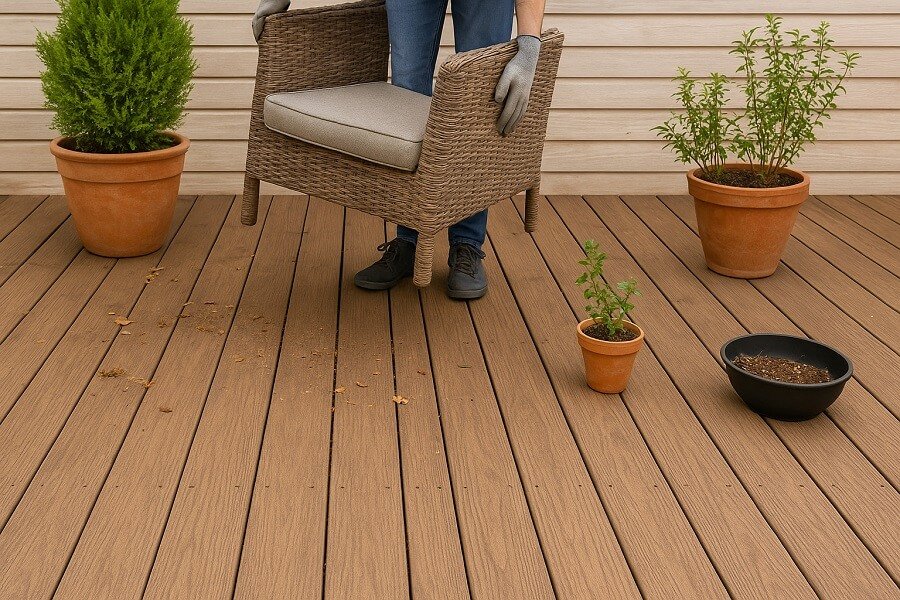
First things first: move away furniture, plant pots, and anything else that’s in the way. You want a clear space to work with, making it easier to spot dirt and reach every corner of your decking.
Step 2: Sweep and rinse (remove dirt, leaves, dust)
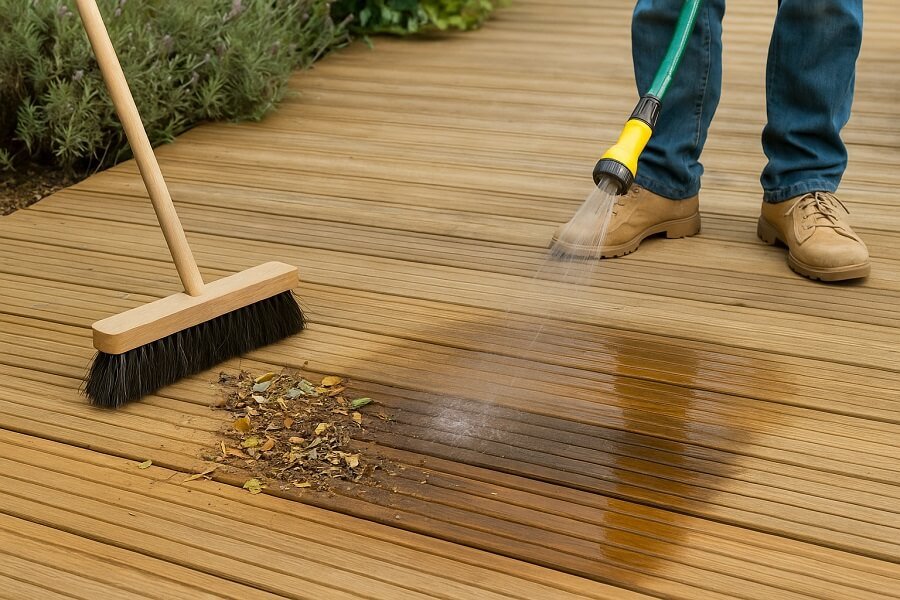
Grab a stiff broom and sweep away leaves, dust, and loose debris. This stops dirt from scratching the wood once you start scrubbing.
Next, give the whole surface a quick rinse with your garden hose. It’s gentle enough to protect the wood but powerful enough to wash away grime.
Step 3: Apply cleaner (DIY or commercial)
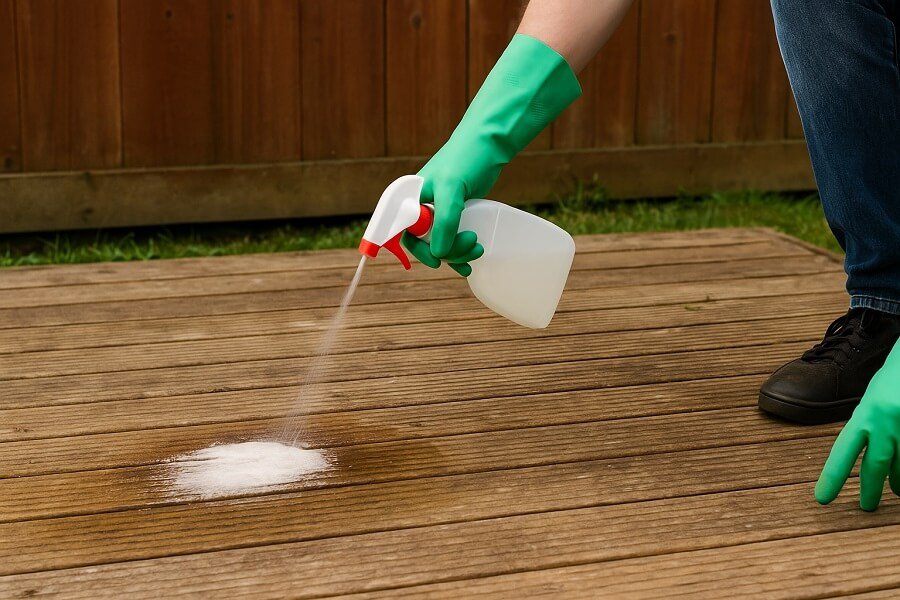
Now it’s time for the cleaning solution. You can use an eco-friendly soap, a specialised decking cleaner, or a homemade mix (a splash of vinegar or a sprinkle of baking soda in water works surprisingly well).
Spread it evenly across your decking and let it sit for a few minutes so it can loosen moss, algae, or stubborn stains.
Step 4: Scrub or pressure wash (when and how to use each)
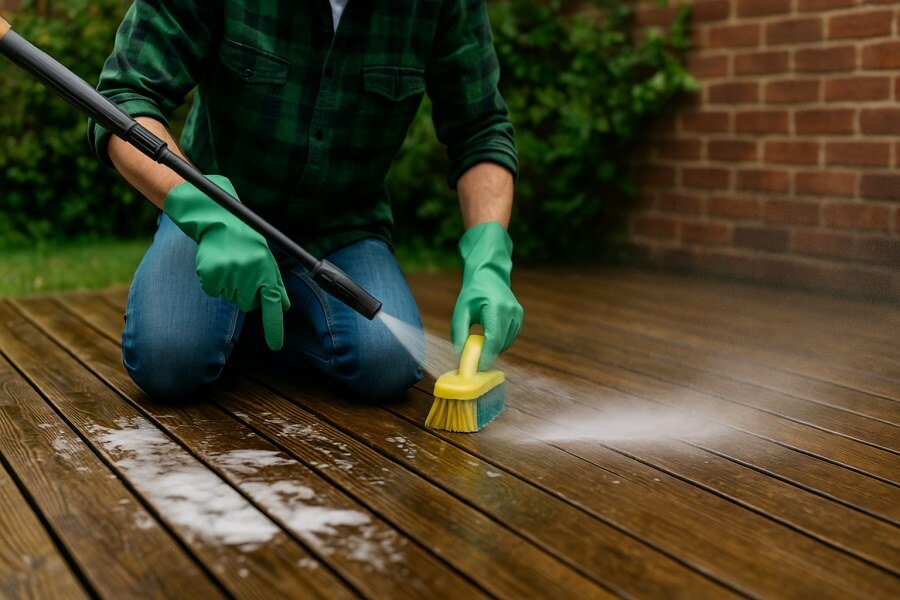
This is where the hard work pays off. With a stiff brush, scrub along the grain of the wood to lift away dirt. If you own a pressure washer, it can speed things up, just keep it on a low setting and move the nozzle constantly to avoid damaging the timber.
For really tough build-up, a combination of scrubbing and light pressure washing works best.
Step 5: Rinse and dry (important tips to prevent waterlogging)
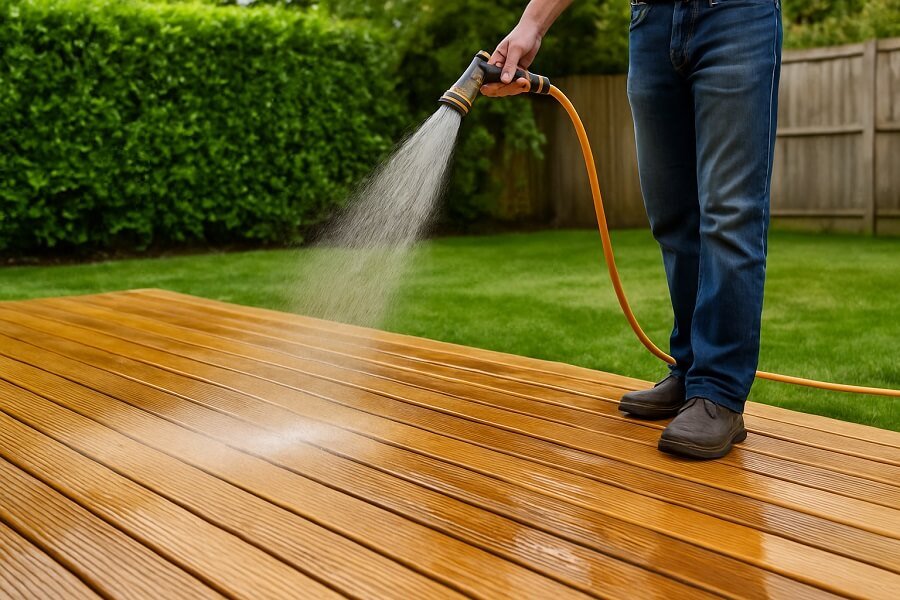
Rinse thoroughly with your hose until no cleaner remains. Then, allow your decking to dry completely before putting furniture back. This step is essential: damp wood encourages mould and weakens over time, so patience here really pays off.
Step 6: Optional sealing or oiling (extra protection)
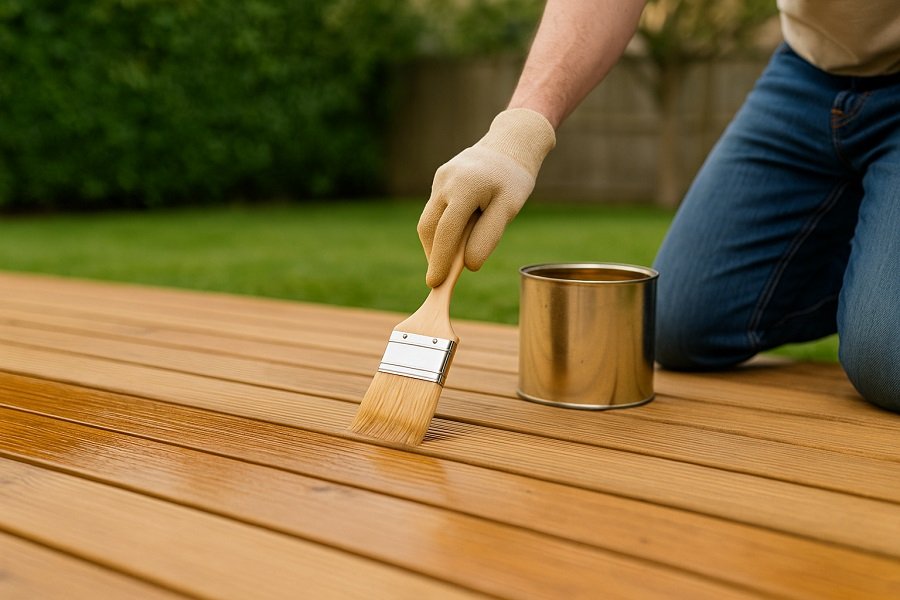
For extra protection and longer life, you can finish with a decking oil or sealant. These products feed the wood, repel moisture, and help prevent cracks. It’s not essential every time, but it makes a huge difference if you want your decking to stay in top condition season after season.
Pro Tip from Us at Bristol Blast Away
If your decking hasn’t been touched in years or the thought of scrubbing all day doesn’t appeal, our team at Bristol Blast Away can do the hard work for you.
With the right tools, eco-friendly products, and years of experience, we’ll restore your decking to a like-new finish, quickly, safely and without the hassle.
Natural Ways to Clean Your Wooden Decking (Eco-friendly options)
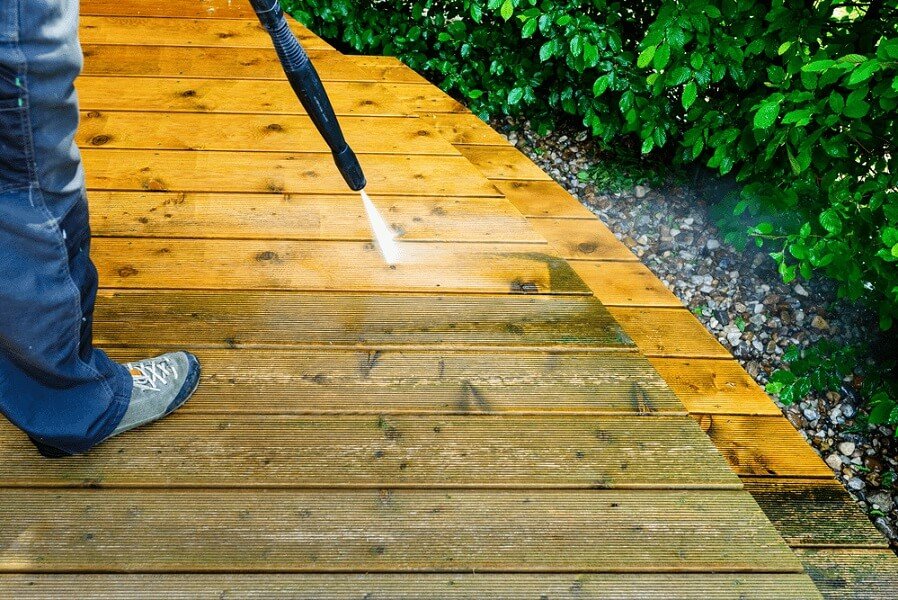
If you’d rather avoid harsh chemicals, there are plenty of natural ways to keep your decking clean and safe. Eco-friendly methods are not only kinder to the environment but also gentler on your wood, pets and plants. Here are some of the best options you can try at home:
White vinegar & water: Mix equal parts vinegar and warm water in a bucket. It helps kill mould and algae while lifting dirt naturally. For stubborn areas, sprinkle a little baking soda first, then scrub with the vinegar solution.
Baking soda scrub: A paste made from baking soda and a splash of water works brilliantly on greasy spots or stubborn stains.
Mild eco-soap: A few drops of eco-friendly dish soap in warm water are often enough to freshen up your decking without harming surrounding plants.
Oxygen bleach (not chlorine): This plant-safe option is effective against mould and mildew. Just mix it with water, apply, leave it to sit for a few minutes, then rinse thoroughly.
These natural cleaners may take a little more elbow grease compared to strong chemicals, but they’re safe, inexpensive and effective.
Your decking will thank you for it.
How Often Should You Clean Your Decking?
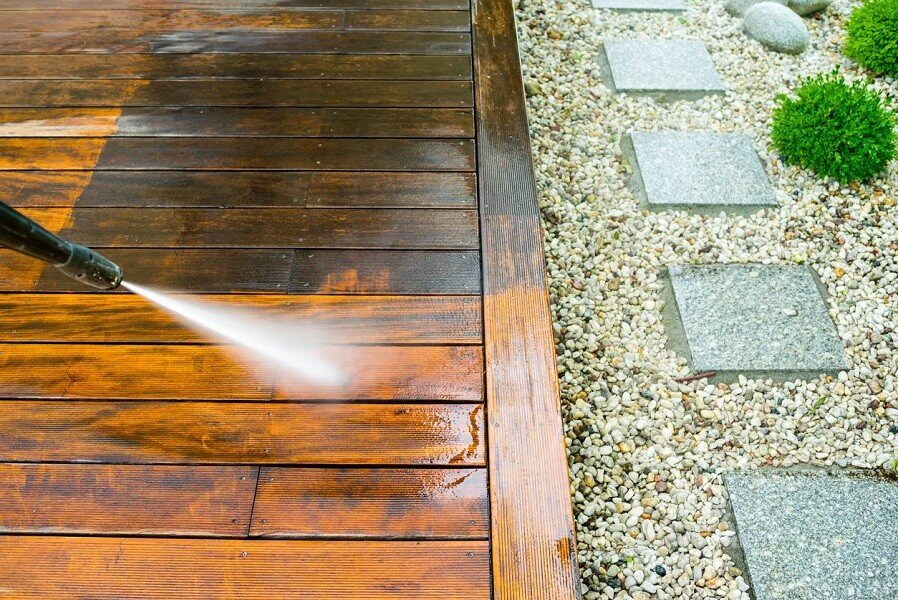
As a general rule, your decking only needs a deep clean once or twice a year. This helps remove built-up dirt, moss and algae, keeping the wood in good condition for longer.
In between, light maintenance is more than enough, a simple weekly sweep will stop leaves, dust and debris from settling in and make those bigger cleans much easier.
It’s also a good idea to think seasonally. A thorough clean in spring will refresh your decking after the damp winter months, while an autumn wash prepares it for the cold and wet weather ahead.
By keeping to this simple routine, your decking will stay safe, strong and looking its best all year round.
Pressure Washing vs Hand Cleaning: Which is Best?
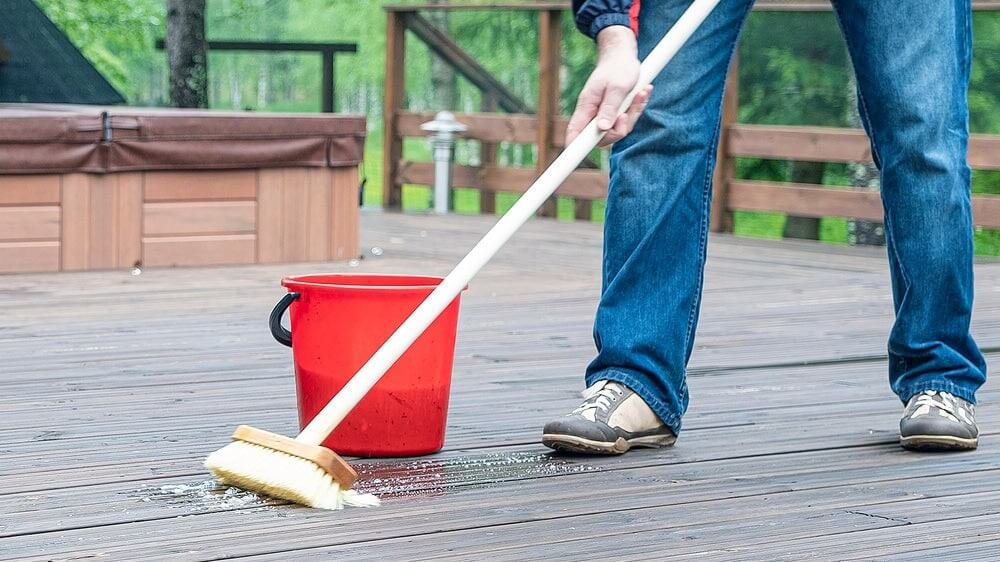
When it comes to cleaning your decking, there are two main options: grabbing a stiff brush and scrubbing by hand, or using a pressure washer. Both methods can work well, it all depends on your decking and the results you’re after.
Pressure washing is quick and powerful, making it ideal if your decking hasn’t been cleaned in a while or if there’s heavy moss and dirt. It saves a lot of effort and leaves the surface looking fresh in minutes.
The downside? Too much pressure can damage wooden fibres, especially on older or softer decking. That’s why it’s always best to keep the setting low and the nozzle moving.
Hand cleaning with a brush is gentler and safer for delicate decking. It takes a bit more effort, but it gives you more control and avoids the risk of splintering or stripping the wood. For newer decking or for regular maintenance, scrubbing by hand is usually more than enough to keep it clean and safe.
In short, pressure washing is great for speed and stubborn dirt, but scrubbing remains the safest choice when dealing with older wood or when you just want a light refresh.
Expert Help from Our Team at Bristol Blast Away

Choosing between scrubbing by hand and pressure washing isn’t always straightforward. It depends on the age of your decking, the type of wood, and how much dirt has built up over time.
That’s where we come in. At Bristol Blast Away, our experienced team uses both methods, sometimes combining them, to get the best results without ever risking damage to your decking.
If you’d rather skip the effort and enjoy a decking that looks like new, we’d be happy to help. Check out our Decking Cleaning Services in Bristol or get in touch with us today for friendly advice and a free quote.
Common Decking Problems and How to Fix Them
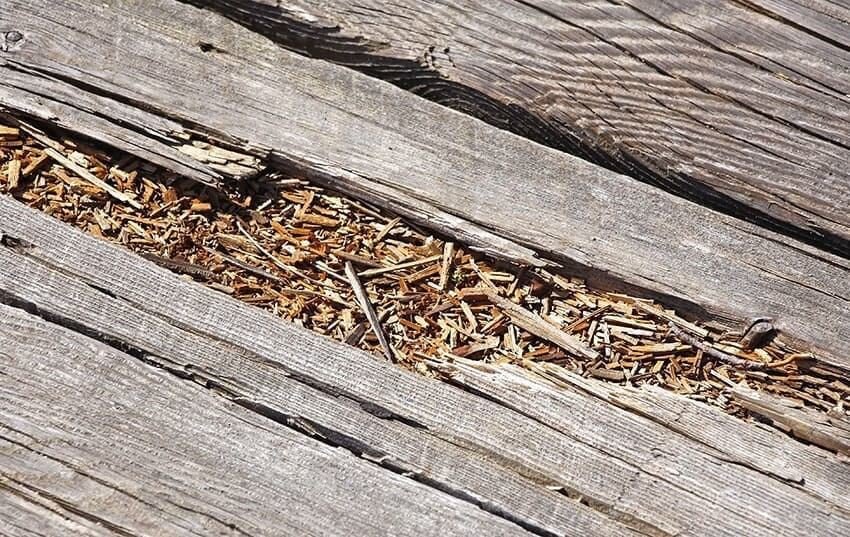
Wooden decking has to deal with the weather all year round, so it’s no surprise that a few common issues tend to appear. Here’s a quick overview of the most frequent problems and the basic steps you can take to handle them.
Green algae and moss
One of the most frequent decking issues is green algae and moss growth, especially in shaded or damp spots. Left untreated, they create a slippery surface that can be dangerous to walk on. A thorough clean, either with a brush or a gentle pressure wash, usually brings the wood back to a safe and fresh state.
Grease and oil stains
Outdoor cooking and barbecues often leave behind grease and oil stains that seep into the timber. These marks can be stubborn if ignored, so it’s best to act quickly with the right cleaner. Even simple eco-friendly products can lift stains effectively when used early.
Paint or stain removal
Old finishes don’t last forever, peeling paint or faded decking stain can make your outdoor space look tired and also trap dirt. In many cases, the best approach is to strip the decking back to bare wood before applying a new coat of paint, stain or oil for lasting protection.
Mould and mildew
Shady, damp conditions often lead to mould and mildew patches. Beyond their unattractive appearance, they can also weaken the wood fibres over time. Regular cleaning and good airflow around your decking help prevent these issues from becoming more serious.
Aftercare: Keeping Your Wooden Decking Looking Fresh
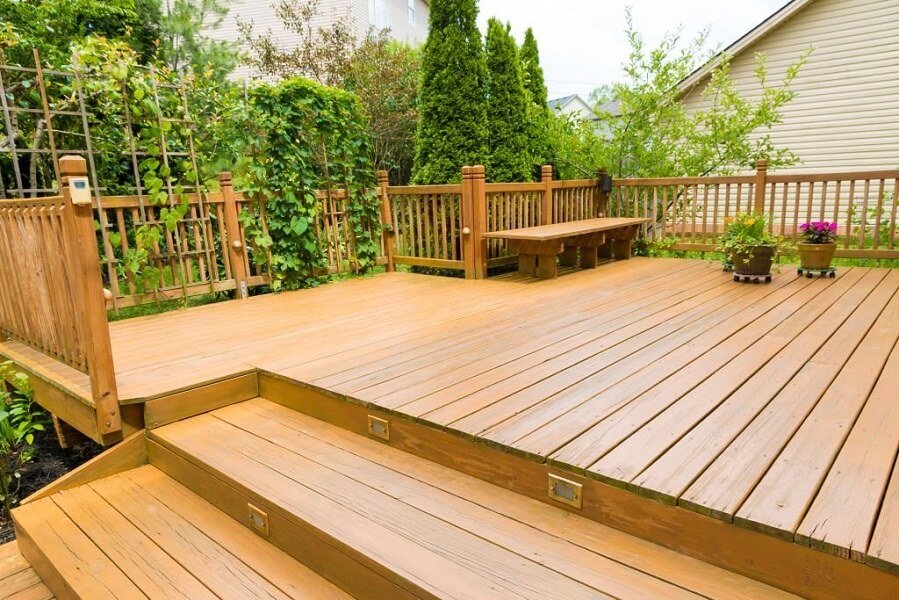
Cleaning your decking is only the first step, keeping it looking fresh comes down to a little ongoing care. A quick sweep once a week helps stop leaves, dirt and moisture from building up, while a seasonal wash in spring and autumn will keep the surface safe and attractive.
It’s also worth checking for early signs of moss, mould or loose boards, so you can deal with them before they turn into bigger problems. For extra protection, you can reapply oil or sealant every year or two, giving the wood more strength against rain and sun.
With just a bit of regular attention, your wooden decking will stay strong, safe and welcoming for years to come.
FAQs About Decking Cleaning

Got questions about looking after your decking? You’re not alone, many homeowners wonder about the safest cleaning methods, the right products to use, and how often to do it. Below, we’ve answered some of the most common questions to help you keep your decking in top shape.
1. What’s the safest way to clean old wooden decking?
For older decking, avoid harsh chemicals or high-pressure washing. The safest method is warm water mixed with a gentle cleaner and a stiff brush, scrubbing along the wood grain. This keeps the wood intact while still lifting dirt and moss.
2. Can I use bleach to clean decking?
It’s not recommended. Bleach can strip natural oils from the wood, cause discolouration and harm plants around your decking. Eco-friendly cleaners or homemade solutions like vinegar and baking soda are much safer options.
3. How do I stop moss coming back?
Regular sweeping and good airflow help prevent moss. Make sure leaves and dirt don’t stay damp on the surface. A spring and autumn wash also reduces growth, and applying a protective oil or sealant can help keep moss at bay.
4. What’s the best time of year to clean decking?
Spring is ideal, as it refreshes your decking after winter and prepares it for summer use. Autumn is another good time, helping protect the wood before the cold and wet months set in.
5. Can composite decking be cleaned the same way?
Not exactly. Composite decking is less porous than wood, so it doesn’t usually need heavy scrubbing or oils. A mild soap solution and a soft brush are normally enough, but always check the manufacturer’s guidance.

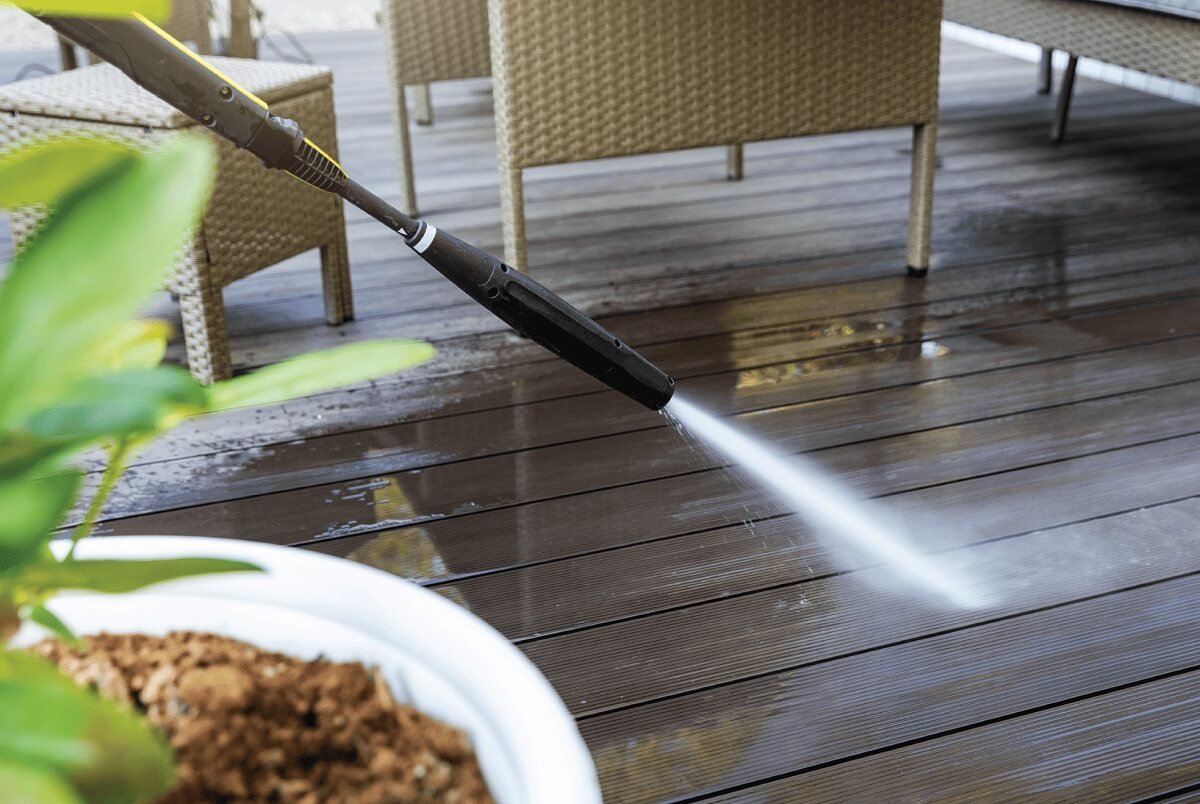
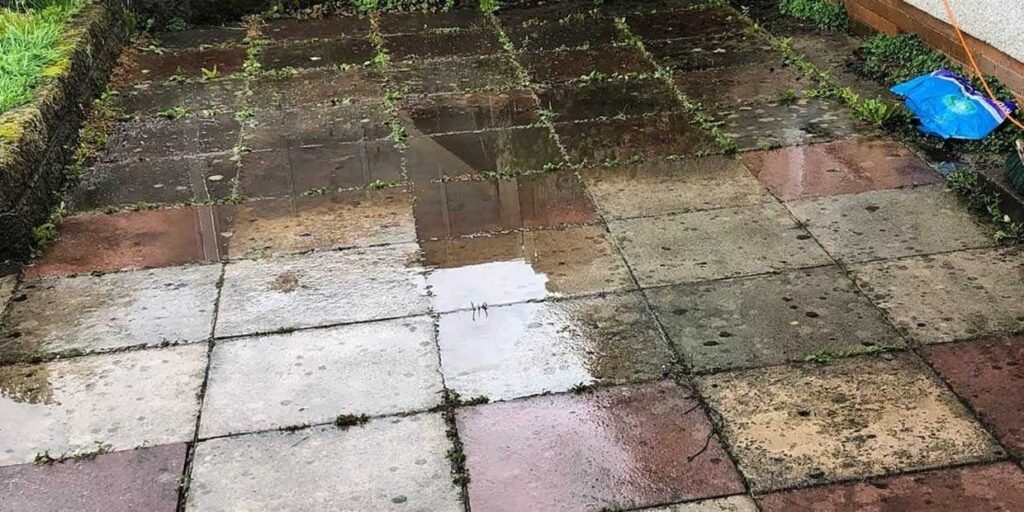
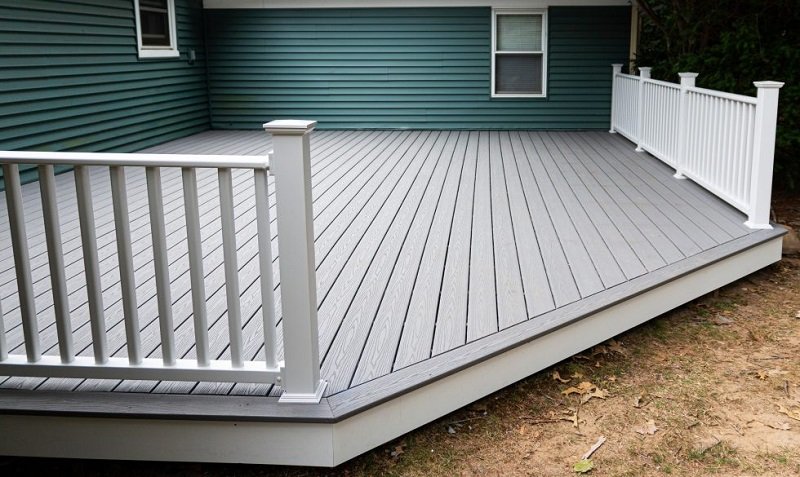
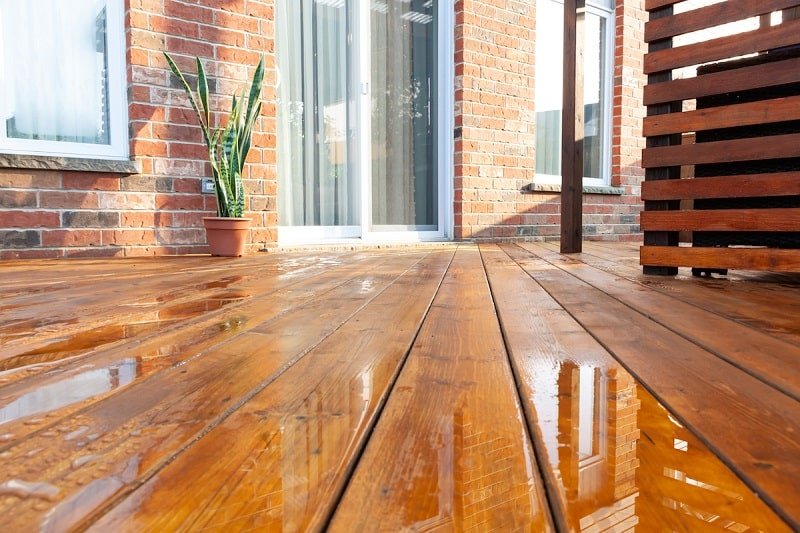



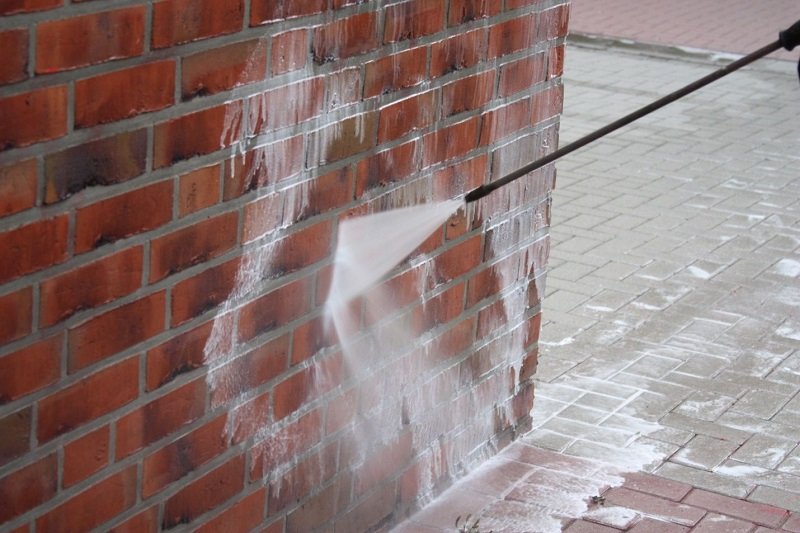
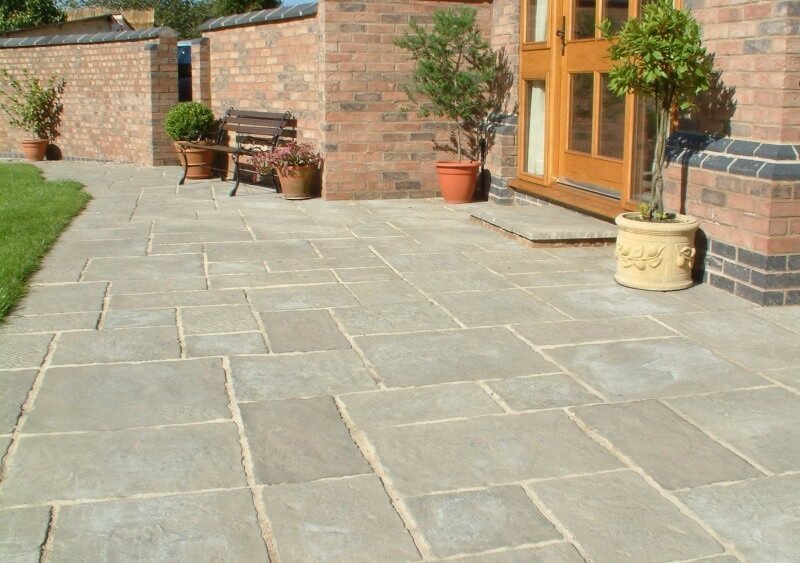
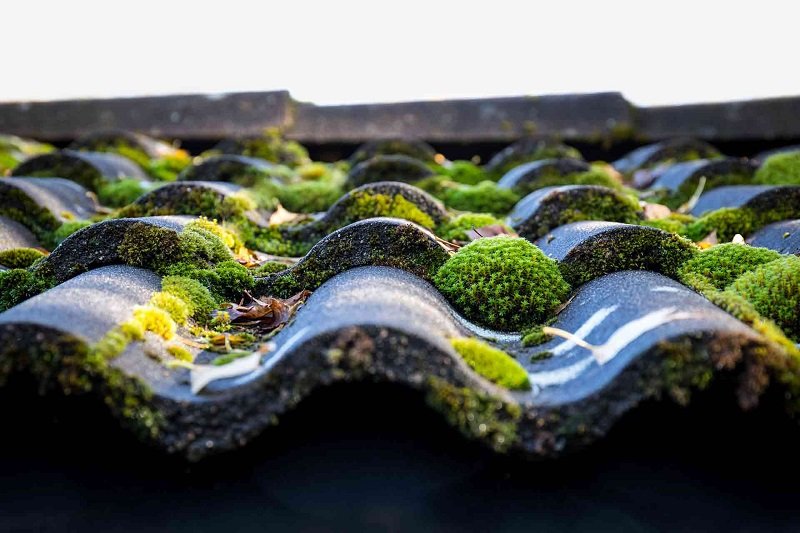
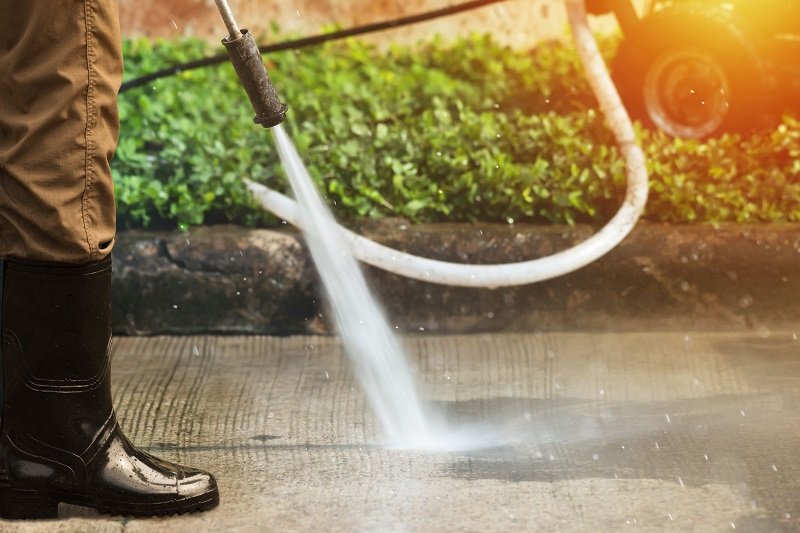
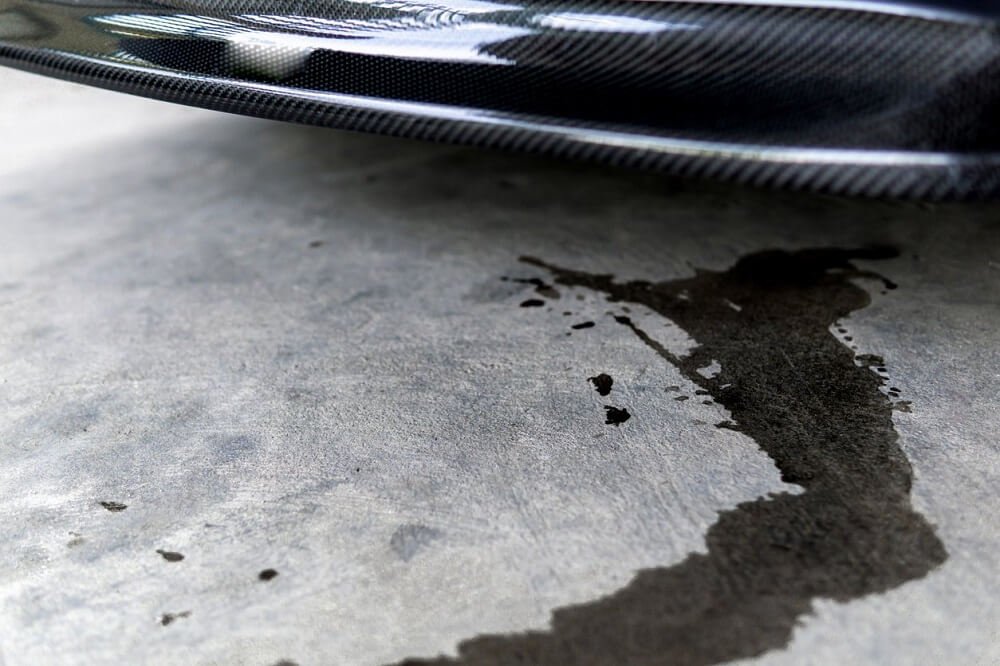
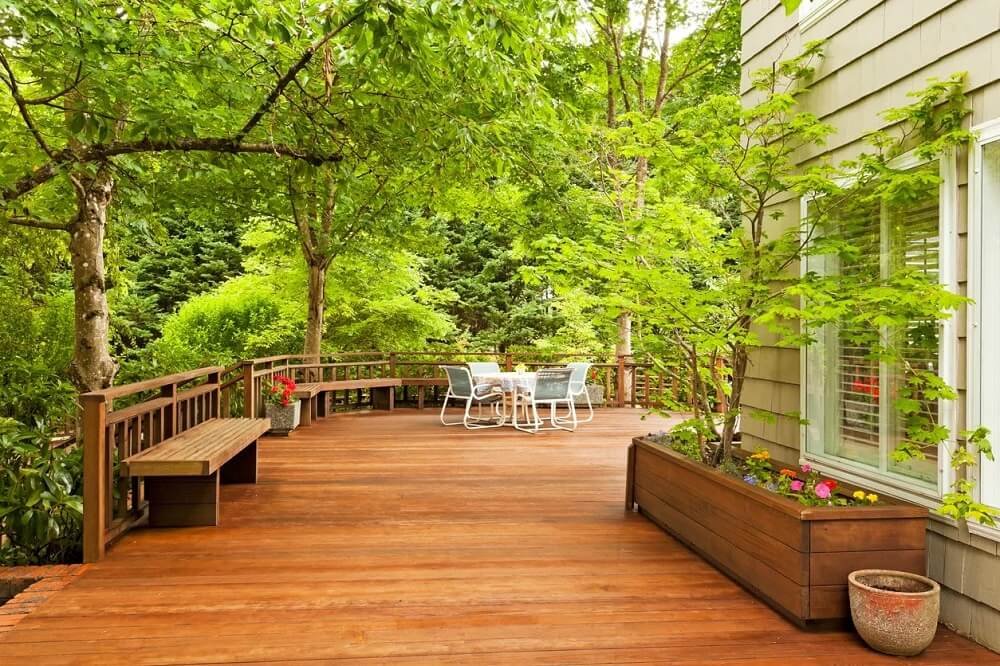
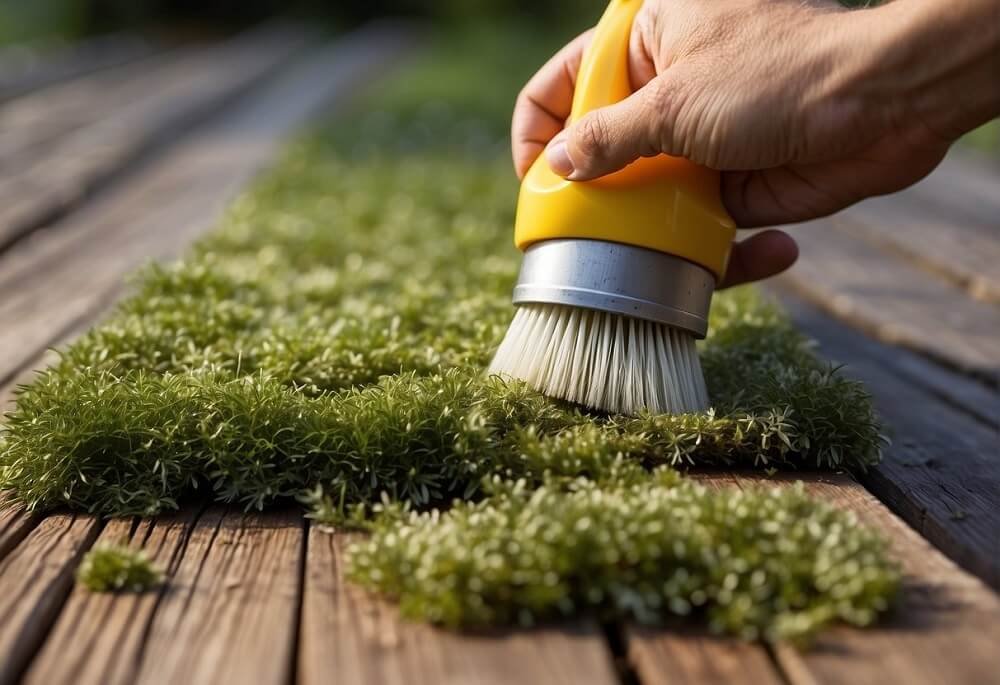
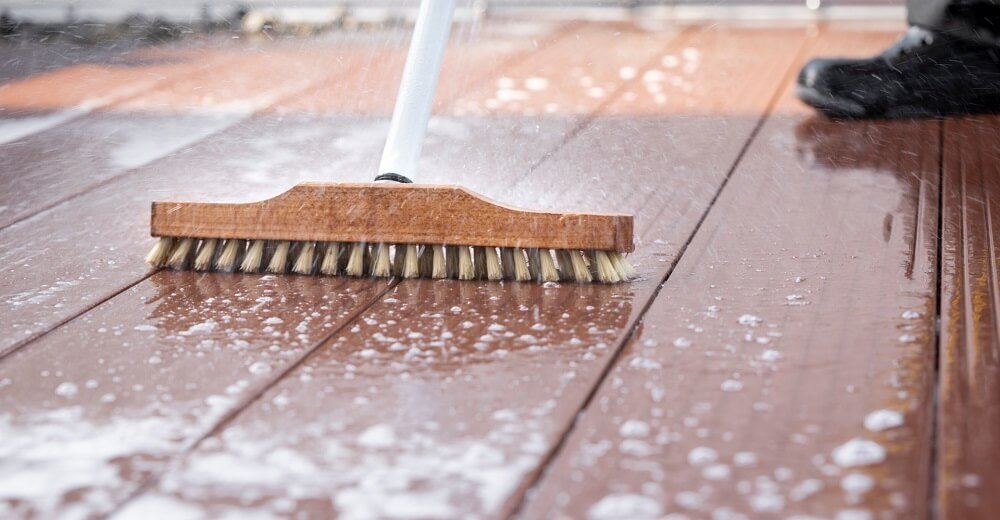
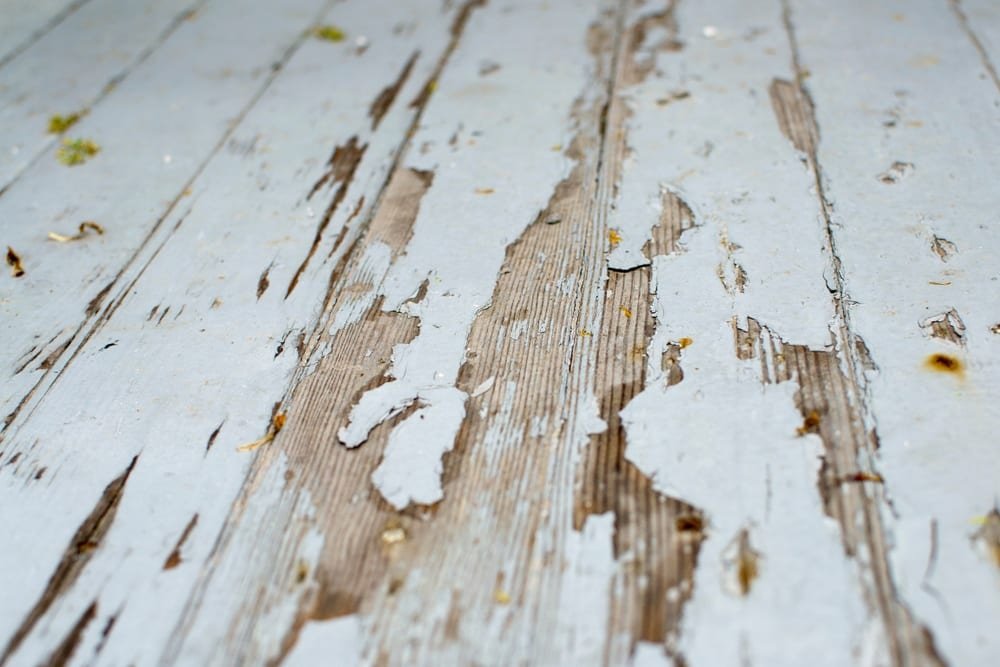
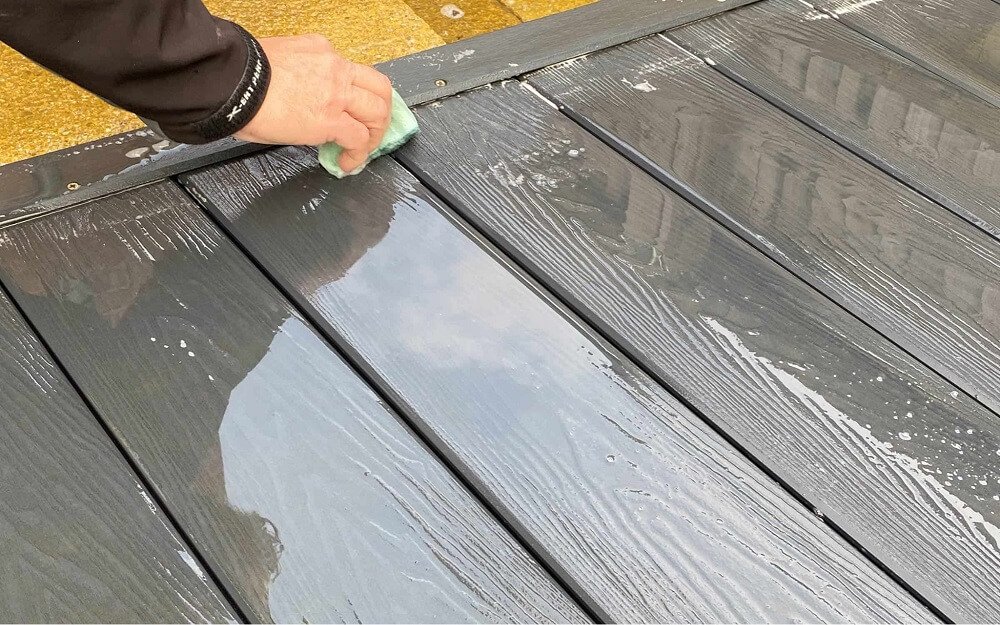
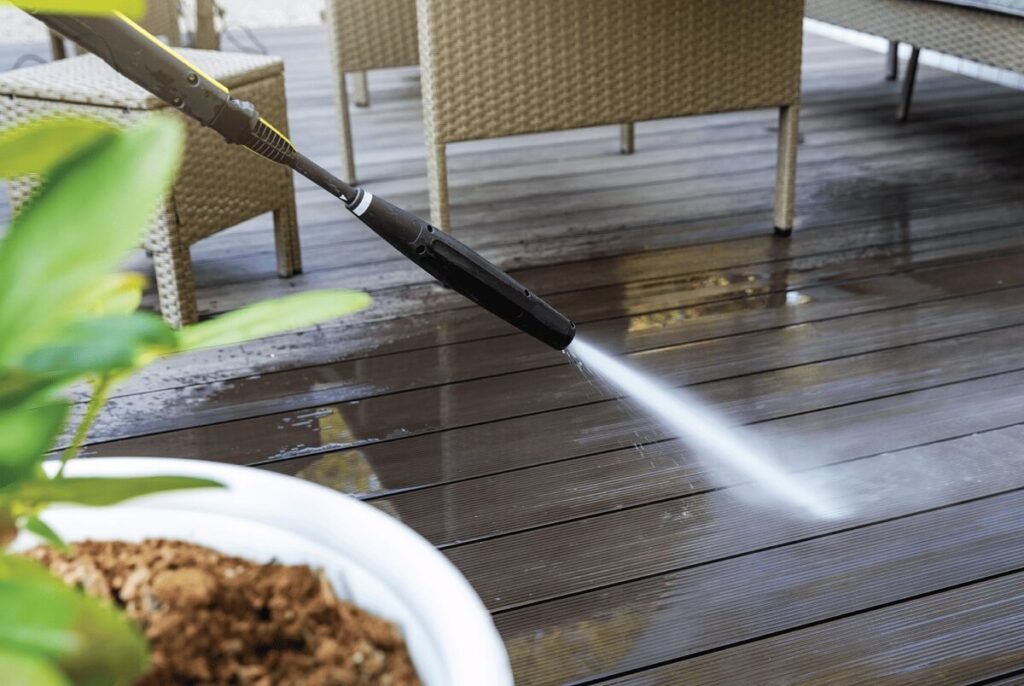
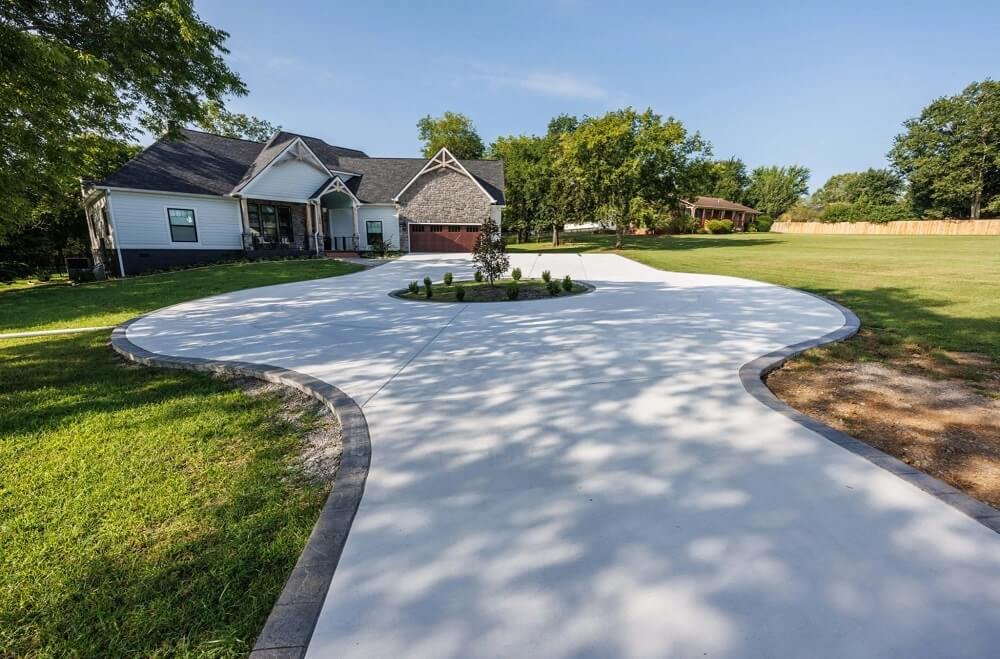

1 Comment
Excellent directions all I needed to know in short and clear manner. Many thanks.